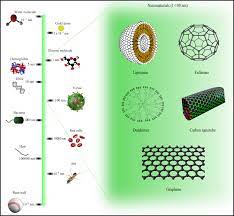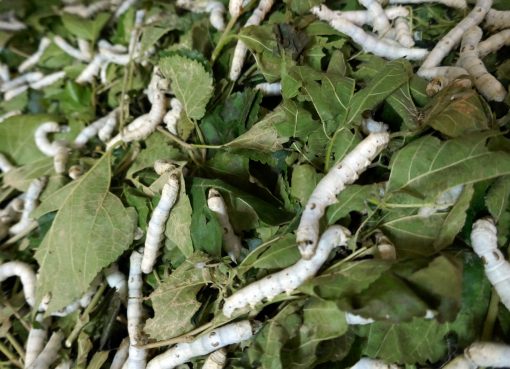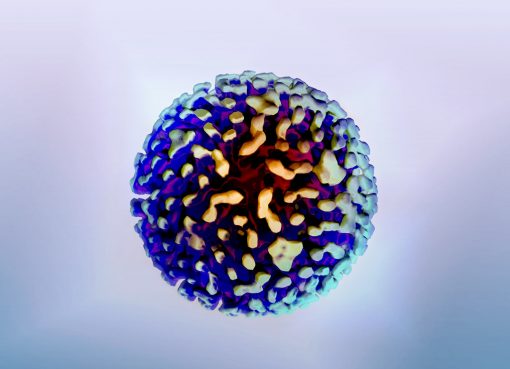Integrating Bioinformatics learning in Northeast India
Bioinformatics is a multidisciplinary subject linking the basic and applied concepts of science, engineering and arts. It has become the common basis of interpreting today’s discoveries in all the fields which humans endeavour and explore. Bioinformatics has provided tools and methods for elucidating, exploring and explaining the scientific mechanisms of anthropogenic, ecological, genetic and evolutionary processes. Bioinformatics combines the techniques from molecular biology, computer science, statistics, biochemistry, artificial intelligence, database systems, and others. It has also been applied in Linguistics and other Arts disciplines. Bioinformatics has been defined by many ways. The National Institutes of Health (NIH) working definition of bioinformatics and computational biology [BISTI, 2000] states that bioinformatics is “research, development, or application of computational tools and approaches for expanding the use of biological, medical, behavioral or health data, including those to acquire, store, organize, archive, analyze or visualize such data”.
The demand for scientifically trained manpower persists and these days the learning environment and capacity building processes have changed. Students and teachers largely depend on Internet resources and online tools and methods. This is where Bioinformatics has gained a major role to understand and infer science. The combination of bioinformatics with molecular biology, as well as in many other fields in sciences and arts would benefit integrated teaching and holistic understanding. Even during the pandemics of COVID-19, researchers across the globe have been fully involved in bioinformatics related research activities and publications, leading to scientific information regarding disease epidemiology, early vaccine or treatment strategies.
Bioinformatics teaching and research resources include: a) hardware (locally- or remotely- accessible workstations and computers, servers and network broadband, high-performance computing (HPC), cloud computing, etc.), b) softwares and data (databases and software tools; omics data, plant and microbial genome data, human disease gene and metabolic pathways, medical, molecular and clinical data, etc.), and c) wet-lab resources (Sanger or Next Generation sequencers, Real Time PCR, Proteomics platforms etc.) for experiments and functional validation.
Bioinformatics research in North East (NE) India has also grown in recent years. In NE India, Central and States Universities and colleges are playing key roles in research using Bioinformatics as well as promoting Bioinformatics education among the young researchers and students. It has been observed that the bioinformatics discipline immensely attracts the young minds, especially when Biological complexity is translated through the lens of Statistics, Chemistry, Anthropology, Mathematics and Computer algorithms.
Bioinformatics Infrastructure Facility (BTISNeT- BIF), a scheme of Department of Biotechnology (DBT), New Delhi, was launched two decades ago in the north-eastern educational and research institutes, an effort made to introduce and promote the subject in the region. Since then, the facilities have helped the institutes in such a way that the teaching and research in Bioinformatics in this region has touched the global standards. With the support of DBT, New Delhi, the colleges and Universities are now able provide Bioinformatics education not only to the under-graduate and graduate students, but also to the school students to increase the Bioinformatics enthusiasm in the young minds. Various workshops and training programs conducted by the university and colleges in North East India had allowed the school level students and also provided the space to them to accomplish any minor projects. The DBT-BIF centres have excelled in research which is reflected in terms of publications and human resource development.
Northeast India can largely spearhead and lead the country in various domains of Bioinformatics having the immense potential in terms of manpower and natural resources. This is a fundamental requirement in anticipation of an escalation in high-throughput approaches to agricultural, environmental and human health issues which are unique to the data from Northeast India. Proper networking among the stakeholders for designing a useful curriculum for students and for research collaborations among the Northeast Institutions can meet the skills required for trained manpower and technical support. Bioinformatics can be a prosperous method to enhance the research and career opportunities in the Northeast India. Even more, the personalized genomic medicine and food demands can be addressed which are the serious concerns for the future of Northeast India.
—
Dr. N. SENTHIL KUMAR
Professor, Department of Biotechnology
Mizoram University (A Central University)
Aizawl – 796 004, Mizoram




